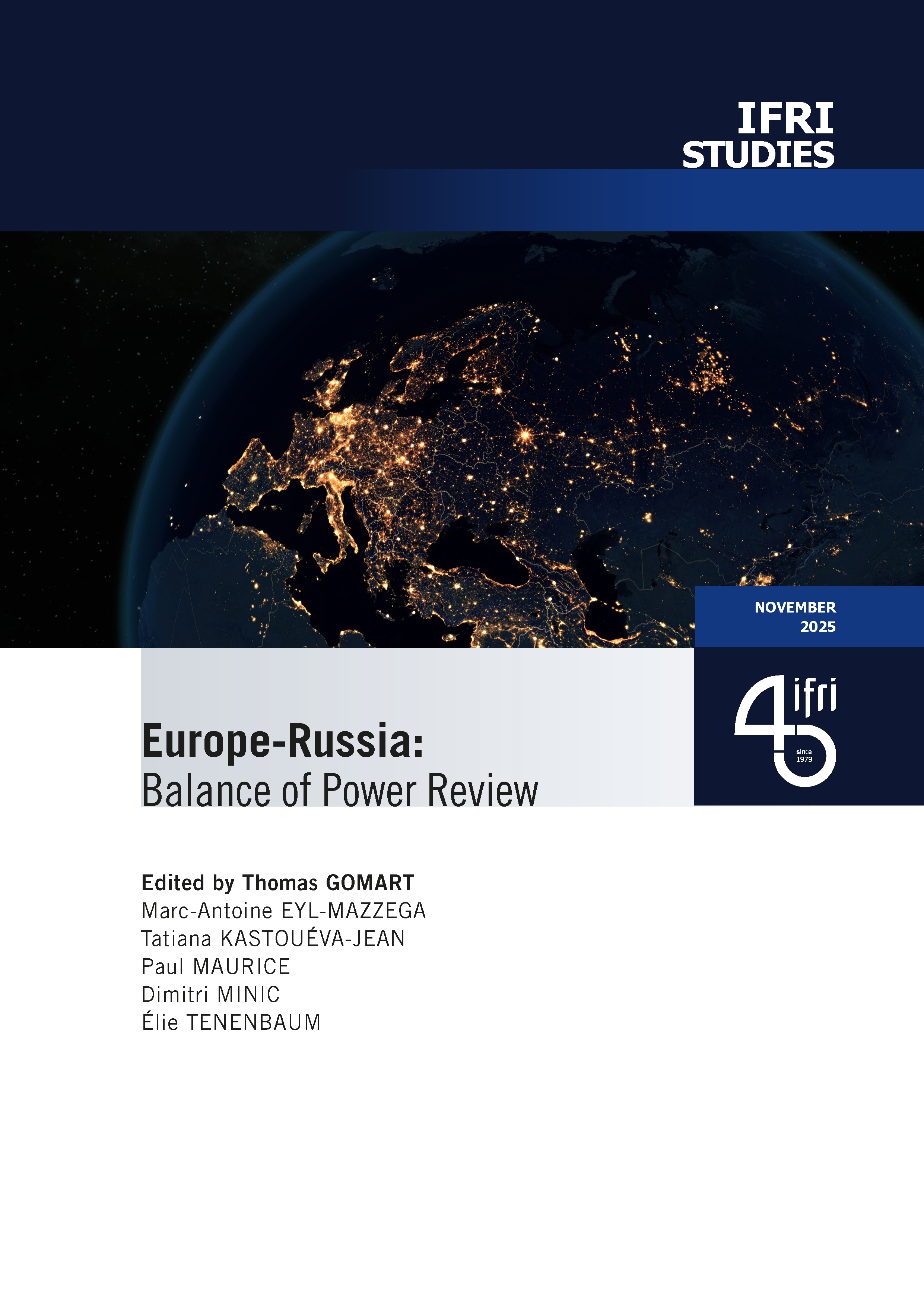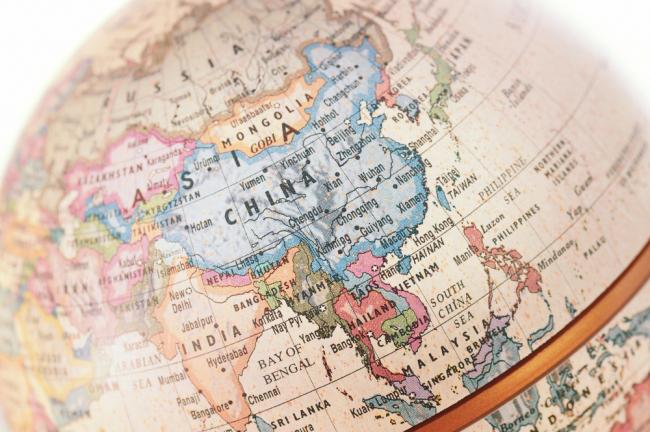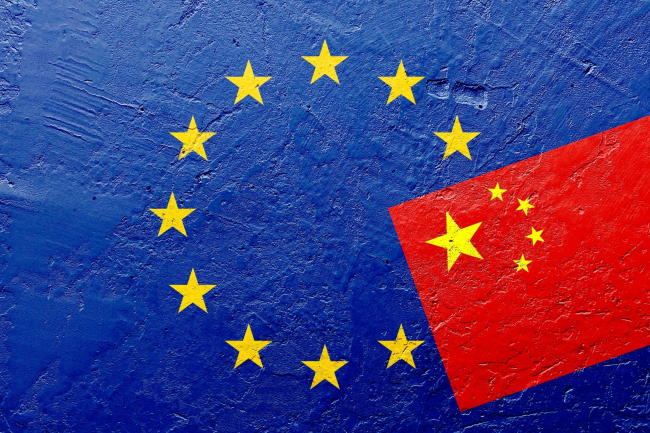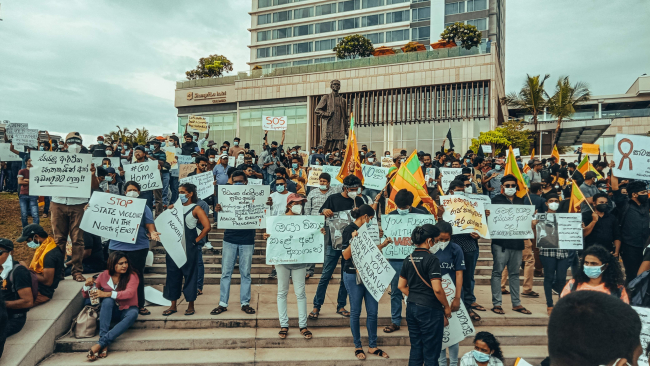The Belt and Road: China's "Community of Destiny" for Southeast Asia?
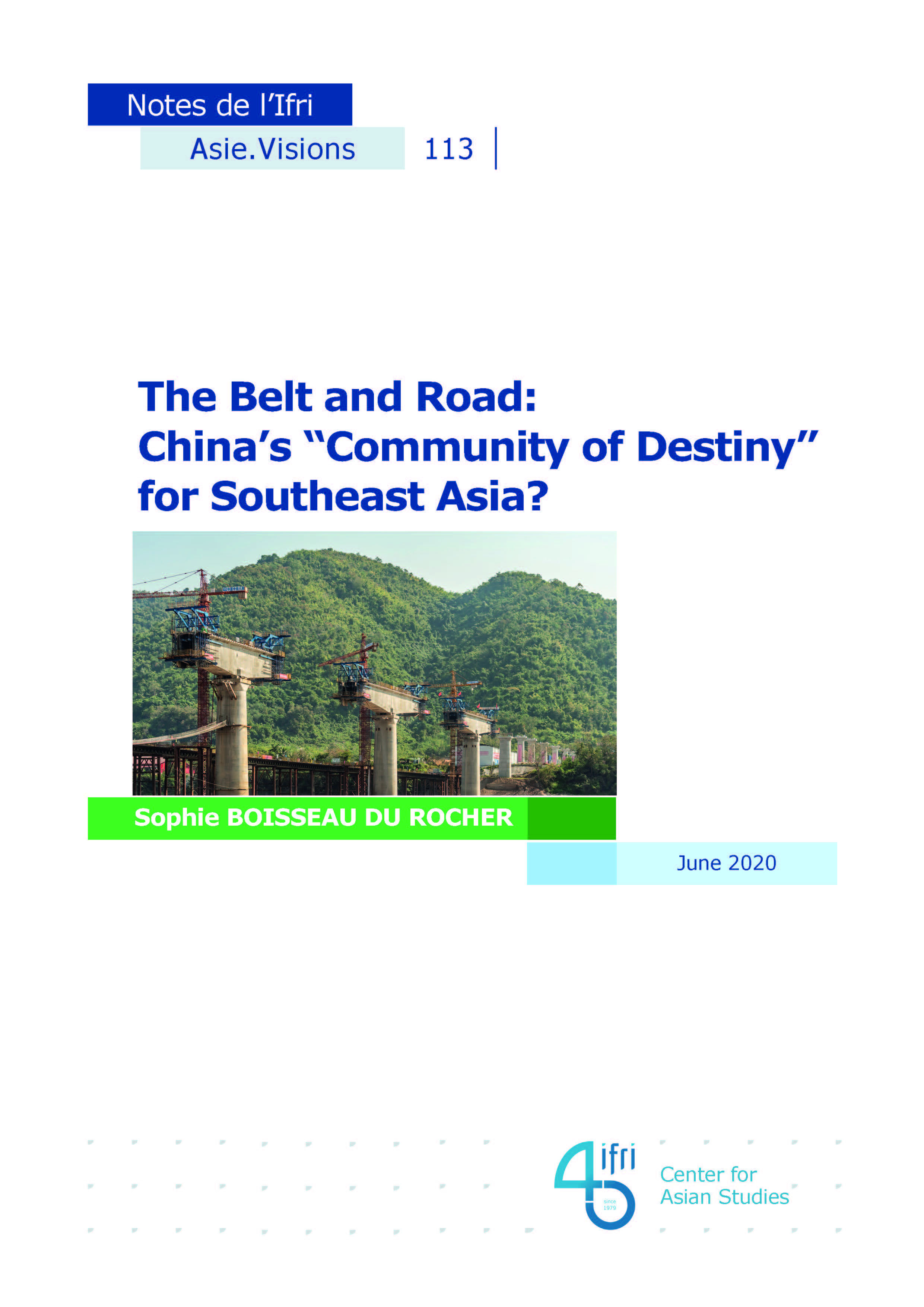
As a frontline zone and a pivot, Southeast Asia is both a testing ground and a showcase of China’s ambitions in developing a grand cooperative scheme. Creating mutually positive linkages is crucial for both partners, if not for the same reasons.
This paper explores the impact of the Belt and Road Initiative, China’s flagship program, on Southeast Asian States and ASEAN as an institution. The BRI is both good and mixed news for Southeast Asia. On paper, the program provides substantial economic stimulus for regional development, penalized by the absence of infrastructure, or by dilapidated ones; it should help better connect the region’s abundant natural resources, its growing markets and manufacturing hubs. Potentially, the BRI is a game-changer. Its transformative impact on economies can be paralleled with the economic stimulus created by the US and Japan in the early 1970s. What is striking is the pace of change: six years after its launching, measurable achievements can be observed. China is currently an unparalleled force for shaping Southeast Asia’s future.
However, nothing comes as free, especially considering the huge investment level. Yidai Yilu provides a branding opportunity for Chinese companies to be expansive, with smiling diplomatic presentation touting inclusiveness and “win-win”. But political, financial, ecological and/or security risks have not been sufficiently evaluated. It is leading to a mode of development with new rules of the game; new norms, regulations and practices that might not be compatible with previous standards or with the traditional opening of the region to global ones. Finally, China might be tempted to attach implicit strings and use the initiative as a convenient, yet vague, vehicle to expand its grip over the region, project itself as its “natural leader” and accelerate “a return to the center”. As the driver of major rapprochements, it could lead to decisive shifts in the alliance system; for Southeast Asia’s traditional partners, it induces ruthless, systemic competition in a context of intensifying rivalries.
Southeast Asia is central to China’s ambition to be reckoned as a global power. Beijing sees it as a key link in the connectivity chain. The region intends to capitalize on this perception to build its future. The Southeast Asian states’ position on the world stage and on trade routes is directly affected by the way they manage the densification of their connections with China and the resulting Chinese power leverage on their future; the lack of a coherent alternative and/or strong engagement for an ASEAN integration scheme might increase regional vulnerability.

Available in:
Regions and themes
ISBN / ISSN
Share
Download the full analysis
This page contains only a summary of our work. If you would like to have access to all the information from our research on the subject, you can download the full version in PDF format.
The Belt and Road: China's "Community of Destiny" for Southeast Asia?
Related centers and programs
Discover our other research centers and programsFind out more
Discover all our analyses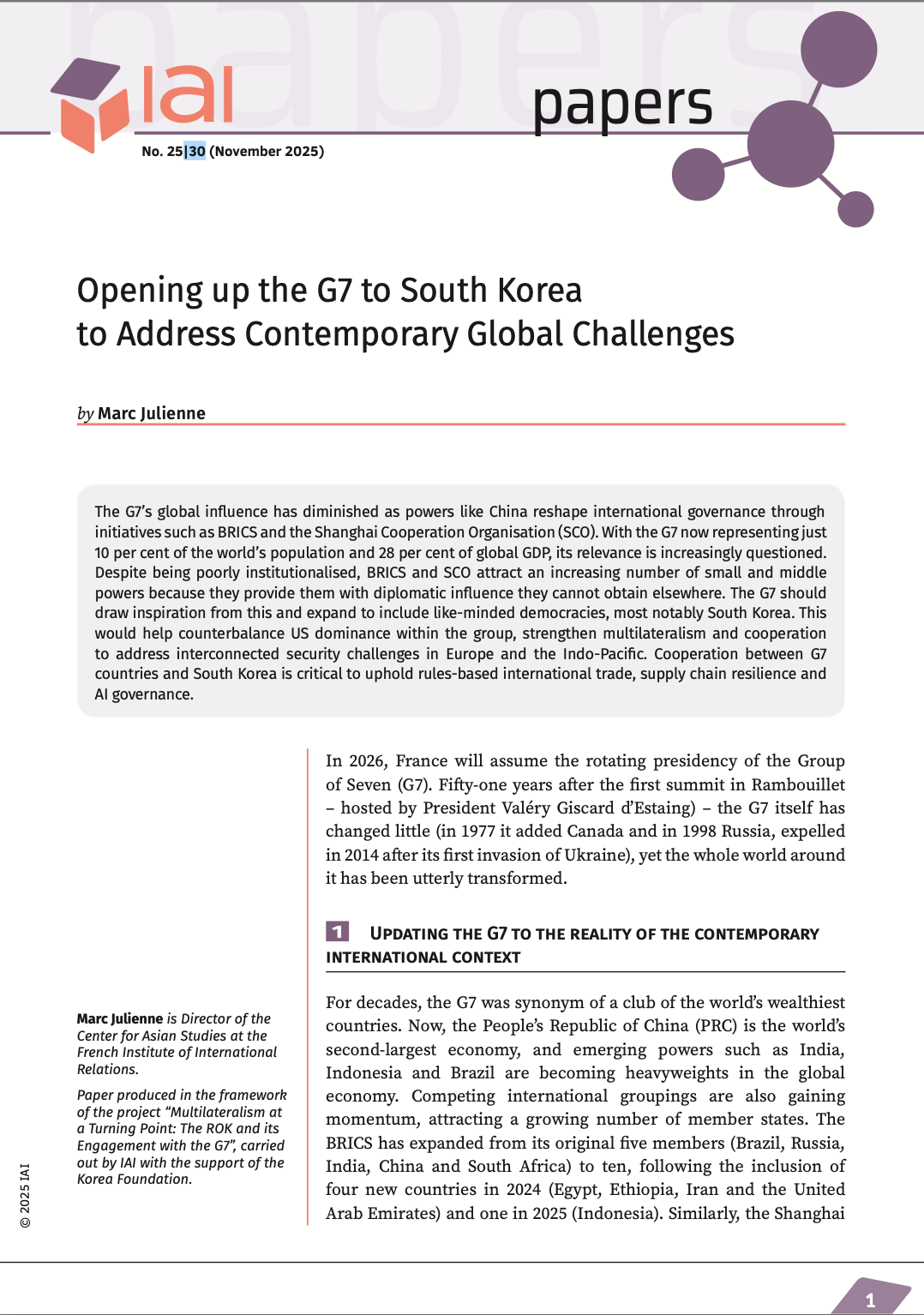
Opening up the G7 to South Korea to Address Contemporary Global Challenges
The G7’s global influence has diminished as powers like China reshape international governance through initiatives such as BRICS and the Shanghai Cooperation Organisation (SCO). With the G7 now representing just 10 per cent of the world’s population and 28 per cent of global GDP, its relevance is increasingly questioned.
Expanding SPDMM as a pivotal institution in the Pacific – A French perspective
The South Pacific Defence Ministers’ Meeting (SPDMM) is the only forum that brings together defense ministers from the wider South Pacific — including Chile, which is hosting it for the first time. This heterogeneous group of countries with varying resources, capacities, and interests — Australia, Chile, Fiji, France, New Zealand, Papua New Guinea (PNG), and Tonga — are united by their shared determination to strengthen cooperation on maritime security and humanitarian assistance and disaster relief (HADR) activities.
EU’s Derisking From China: A Daunting Task
With economic security as a major concern, the EU has recently turned to “derisking” from China. The EU strategy entails reducing critical dependencies and vulnerabilities, including in EU supply chains, and diversifying where necessary, while recognizing the importance and need to maintain open channels of communication.
Sri Lanka’s NPP Government. From System Change to Structural Compliance
In September 2024, a relative outsider to Sri Lanka’s two-party-dominated political system, Anura Kumara Dissanayake, won the presidential elections. The anti-establishment, populist movement he represented, the National People’s Power (NPP), went on to receive an overwhelming mandate in the November 2024 general elections, winning 159 seats in a 225-member parliament.


